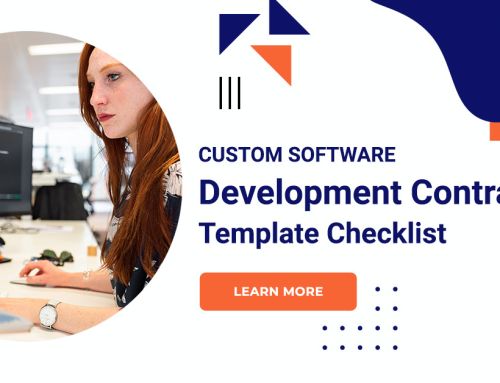Flat Design Or Material Design – Which One To Prefer?
The design styles are undoubtedly popularly used in industry. One is a spontaneously adapted design trend, while the other is purposeful with a set of guidelines. Both UI styles are somewhat similar, which is one of the reasons people get confused between them. If you too are facing this situation then get excited as our experienced UI designers are here to remove the clouds of doubt with the brilliance of their knowledge. Before flat design or material design styles, designers used the design style.
Flat design or material design
Flat design
The flat design was introduced with the motive of providing more aesthetic innovation along with a more user-friendly mobile experience. Flat icons are naive and use simple images to quickly deliver your message instead of detailed illustrations. These flat images look nice to decorate a website and also allow users to easily navigate the site and read valuable content.
Material design
Since finding which element is clickable and which is not in the case of Flat design was quite a difficult task, Material design was introduced. Google’s approach to material app design looks flat, but remains multi-dimensional thanks to the use of the z-axis.
Depth
When it comes to these two design approaches, Apple’s flat design works with the idea that mobile devices are a window to another world, with infinite depth encapsulated in their applications. While material design, Google works with the belief that the user should feel as if he is carrying the screen in his palms.
Animation, shadow and pattern
Google recognizes animation as a way to bring components to life and complement the user experience. So the material UI design style uses different types of animations to represent the type of material you can work with. This is a fundamental concept of material application design.
Brightness
Apple’s flat design enhances transitions and blurred design, while Google’s material focuses on casting shadows. No matter what product design solution you choose, you will end up replicating real life in one way or another.
Navigation
Google has several navigation rules under which a wide variety of action buttons and components can be used for navigation. On the other hand, Apple uses a different navigation system that is easy to understand.
Conclusion
The flat design or material design argument can go on forever, as every designer will have their own preferred style and preferences. It is clear that both style systems have their merits and faults, and their principles and goals overlap slightly.







